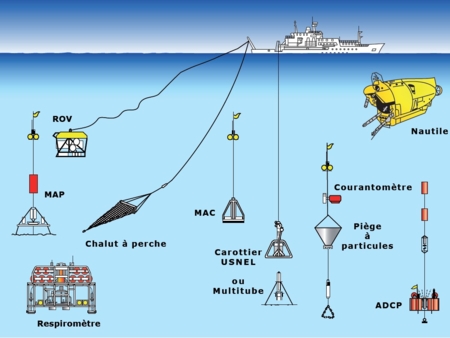Functional studies of new protein-protein interactions potentially involved in homologous recombination in hyperthermophilic archaea : study of interactions between PCNA and Mre11-Rad50 complex & Primase and RadA
Hyperthermophilic archaea (HA) are found in high-temperature environments and grow optimally above 80°C. Usually, cells exposed to heat stress display an increased sensitivity to agents inducing double-stranded DNA breaks (DSBs). Studies in Eukaryotes and Bacteria have revealed that homologous recombination (HR) plays a crucial role not only in DNA DSBs repair, but also in the collapsed/stalled DNA replication fork restart.Recombinase and various HR-associated enzymes in archaea specifically resemble the eukaryotic homologues, rather than bacterial homologues.Furthermore, several studies have demonstrated the necessity of HR proteins in HA, suggesting that, HR is an important mechanism in HA. HR influencing genome stability has been well studied in Eukaryotes andBacteria, however, few of its functional properties have been studied in HA.To better understand how HR mechanism is involved in the archaeal genome maintenance process, a previous work proposed a protein-protein interaction network based on Pyrococcus abyssi proteins. Through the network, new interactions involving proteins from DNA replication and DNA recombination were highlighted. The targets of the study presented here for two protein interaction are: PCNA/Mre11-rad50 complex (MR complex) and Primase/RadA. For the first time in P. furiosus, we showed both physical and functional interactions between PCNA (Maestro in DNA replication) and MR complex (initiator of HR). We have identified a PCNA-interaction motif (PIP) located in the C-terminal of Mre11, and shown that PCNA stimulated MR complex endonuclease cleavage proximal to the s’ strand of DNA DSBs at physiological ionic strength. For the second interaction, we have purified the proteins PabRadA/PfuRadA, PabPrimase and PabP41, and confirmed its enzymatic functions. However, we were not able to characterize the function of Primase/RadA association.







